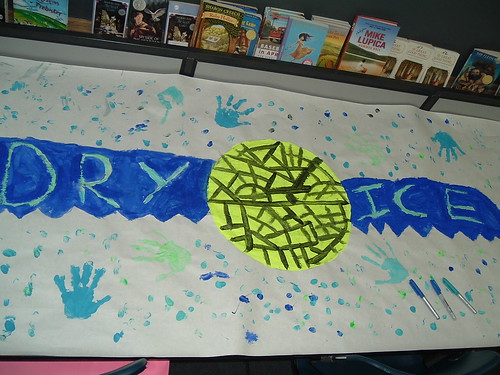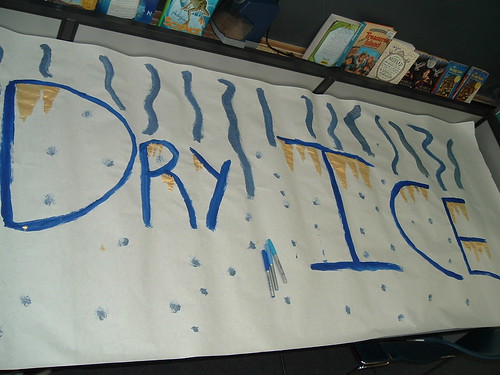The other day, I wrote about the Google Search Story Creator, which is a pretty nifty digital story generator that creates short videos based on queries that you put into Google (and, the site is yet another reason for us to use Google, meaning more eyeballs on their advertisements).
Yesterday, as we wound down the week (and a day after an exhausting Quidditch Tournament — my class did not win, but they came together nicely as a team), I decided to use class time for catch-up and play. My students are finishing an essay project and those that were done, I brought to the Google Search Story site.
First, though, we talked about how you might use it to tell a story and not just plug in random search terms. I told them to invent a character who is behind a computer. What is going on? What does the viewer need to know, and just as important, what does the viewer need to figure out on their own?
And I put this up on our whiteboard:
- You have only seven lines of search, so narrow your focus;
- Develop your search story around one theme/one idea;
- Don’t just create a story of random search entries — really try to tell a story — make the reader/viewer figure out the story (think of it like a puzzle that the reader/viewer has put together)
- Match the music with the story — sad music should not go with a happy story.
I then created a class YouTube account for those stories that seemed to show good thoughtfulness, and we have been sharing the more than 20 video stories over at our classroom blog site. The use of a YouTube playlist has been most helpful because you can embed the whole playlist. (What you see above here is a modified playlist with the one story that I did as a sample — An Apple for the Teacher — and then a handful of student stories. I personally like the iPod story. She “got it” when it came to using the site, I think.)
Peace (in the story),
Kevin
 As a technology explorer (I have a badge! naw), I run a few Ning social netw0rk sites. I have a few within the National Writing Project, I have a few within the Western Massachusetts Writing Project, and one for the techies at my school. I’ve liked Ning networks because they are easy to set up and are pretty simple for even beginners to wrap their head around (although the difference between a blog post and a forum post can be tricky). Like many, I got my Ning start over at
As a technology explorer (I have a badge! naw), I run a few Ning social netw0rk sites. I have a few within the National Writing Project, I have a few within the Western Massachusetts Writing Project, and one for the techies at my school. I’ve liked Ning networks because they are easy to set up and are pretty simple for even beginners to wrap their head around (although the difference between a blog post and a forum post can be tricky). Like many, I got my Ning start over at

